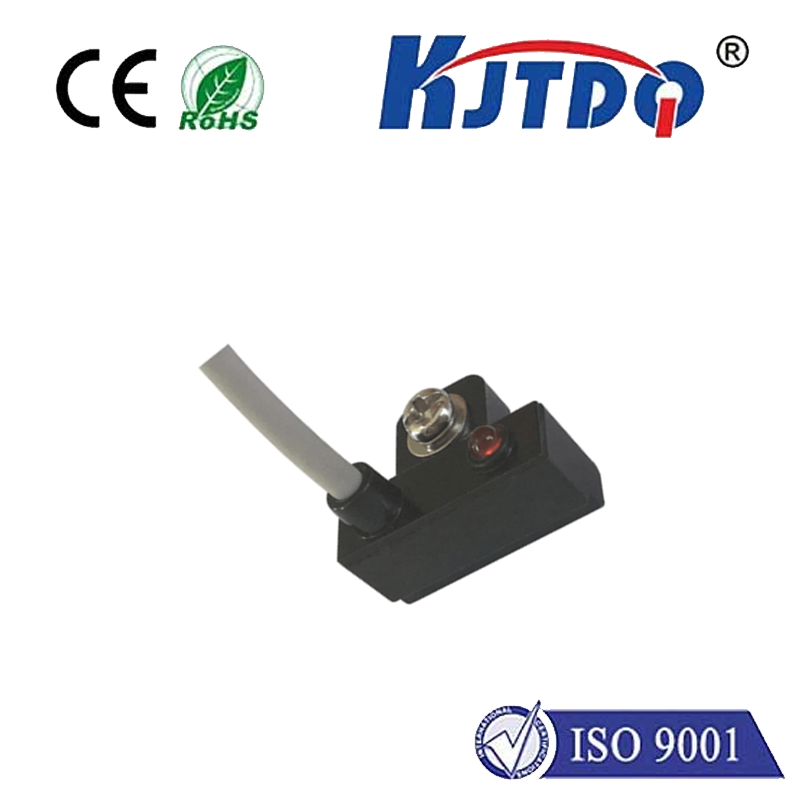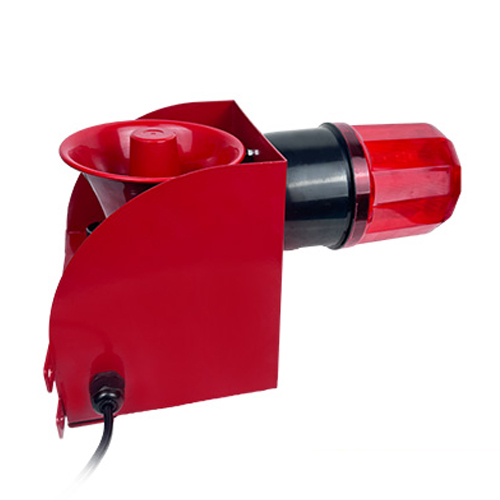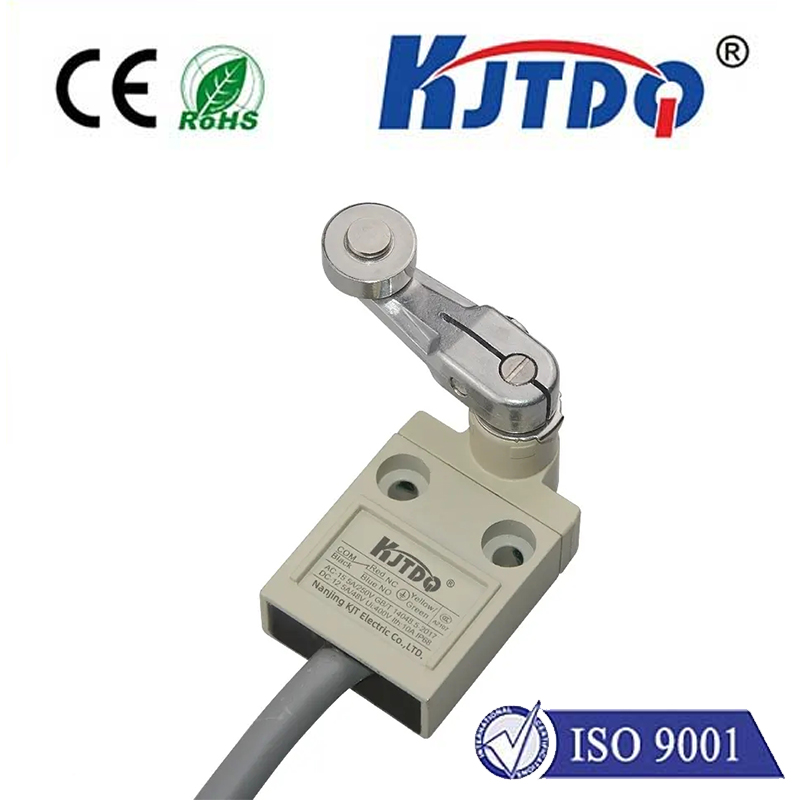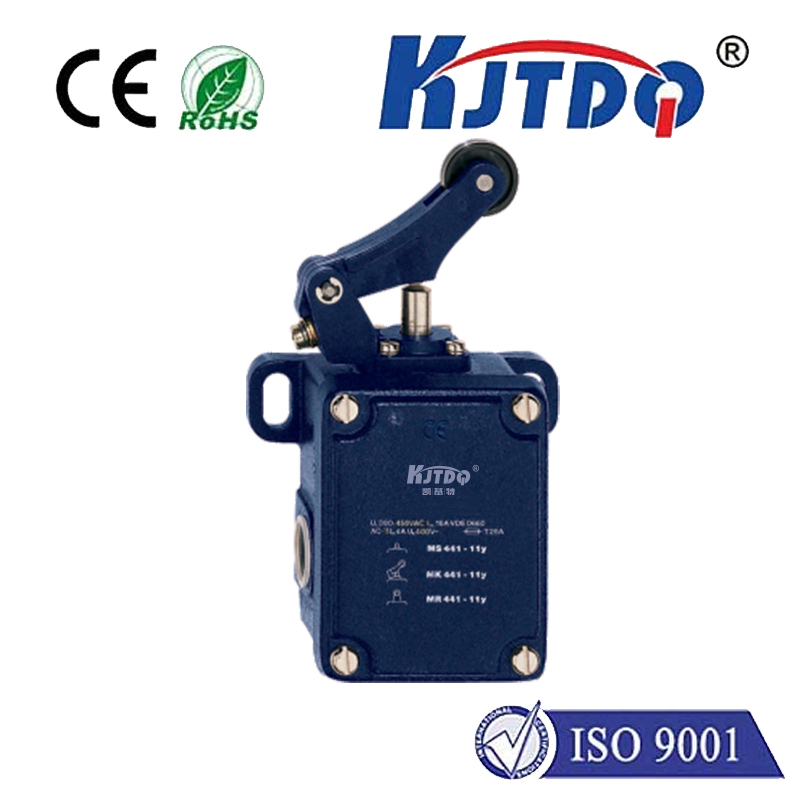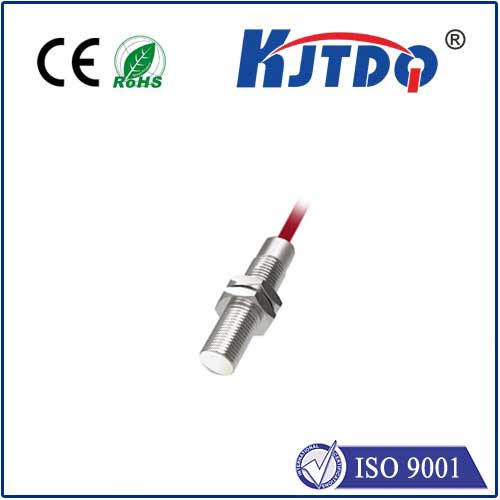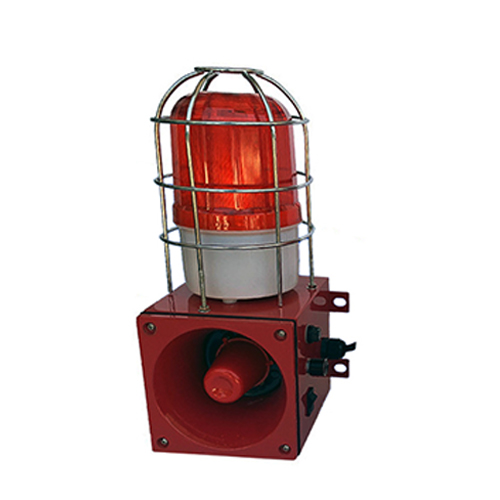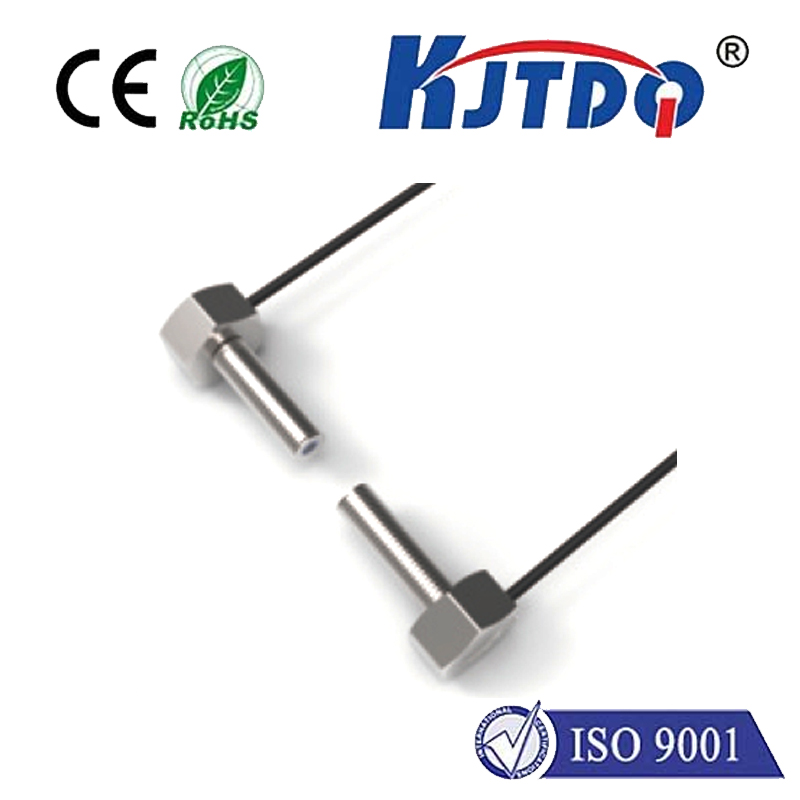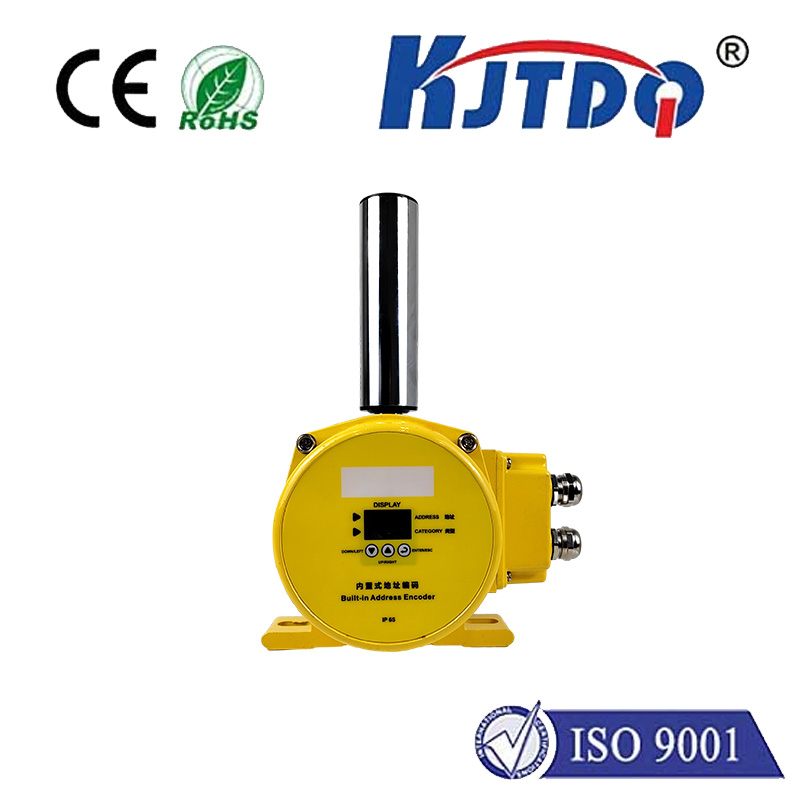

check

check

check

check

check

check

check

check

check

check
Understanding the XCKL Limit Switch: An In-Depth Guide
The XCKL limit switch is a crucial component in various industrial applications, playing a vital role in ensuring the safety and efficiency of machinery operations. In this article, we will delve into the details of what an XCKL limit switch is, its functions, applications, and why it's essential for modern industries.
What is an XCKL Limit Switch?
An XCKL limit switch is a specialized device designed to detect the presence or absence of an object, mechanical motion, or position within a given system. It sends signals to control systems or machinery to initiate or terminate specific actions based on predefined settings. Its name, "XCKL," often refers to the model or brand specifications that cater to particular operational needs.
Functions and Mechanism

The primary function of the XCKL limit switch is to provide feedback on whether a machine has reached its programmed limits during operation. For example, in a conveyor belt system, limit switches are used to detect when materials reach the end of the belt, preventing overloading or falling off. When activated, these switches can stop or reverse the conveyor's direction, maintaining efficient workflow.
Applications in Industries
Limit switches like the XCKL find extensive use in diverse sectors such as manufacturing, robotics, automotive, and material handling. In manufacturing, they ensure precise positioning of parts during assembly lines. In robotics, they enhance safety by acting as collision prevention sensors. In automotive industry assembly lines, XCKL limit switches regulate the flow of components, ensuring each vehicle receives necessary parts without fault.
Importance in Modern Industrial Settings
The importance of the XCKL limit switch lies in its reliability and ability to improve overall system performance. These switches reduce manual intervention, which lowers human error rates and increases productivity. Furthermore, their use in safety-critical applications prevents accidents and equipment damage, saving businesses significant costs associated with downtime and repairs.
Maintenance and Troubleshooting
While XCKL limit switches are designed for durability, proper maintenance is key to their longevity. Routine inspections, cleaning, and timely replacement of worn-out parts ensure seamless operation. Common issues include misalignment, contact degradation, or wiring problems, all of which require prompt attention to avoid system failures.
Conclusion
The XCKL limit switch stands as a testament to the integration of technology in enhancing industrial processes. Its ability to monitor and manage machinery movements accurately is paramount in today's automation-driven landscape. As industries continue to evolve, understanding and properly utilizing devices like the XCKL limit switch becomes increasingly significant for achieving optimal efficiency and safety standards.
